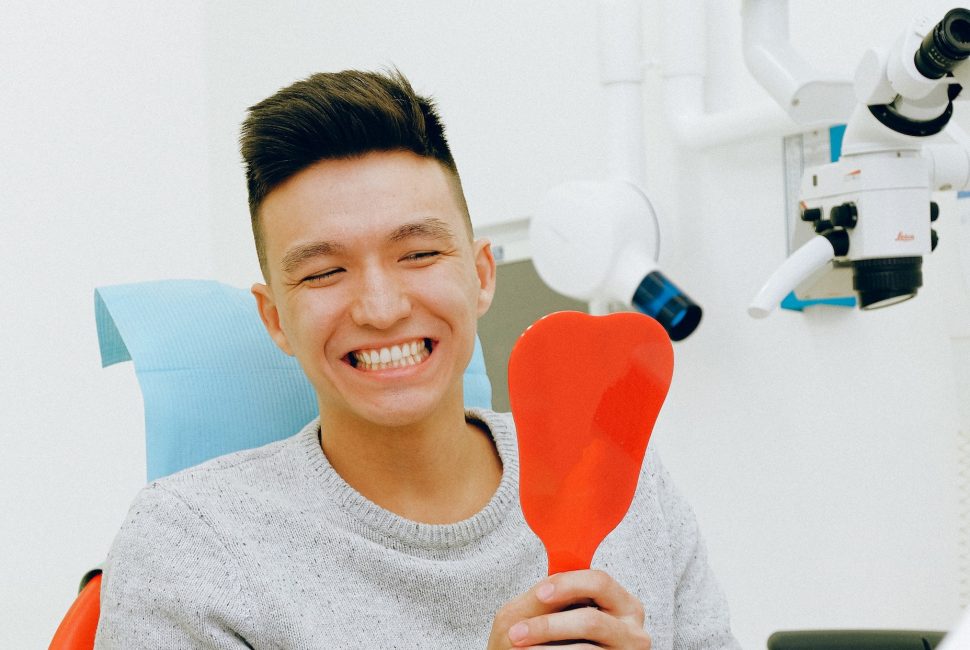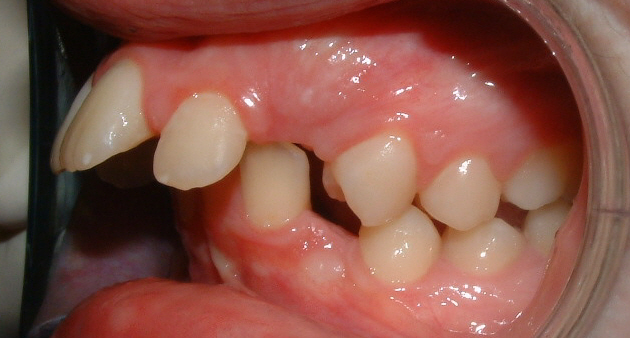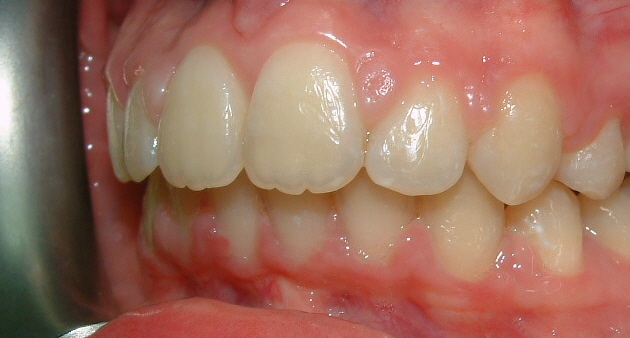What to Expect When Getting Your Braces Removed

Getting your braces removed is a big moment in anyone’s orthodontic journey. After months or years of wearing braces, you get to see your new smile in its full glory. Still, it’s natural to have some questions about the process and the aftermath. Here’s what to expect.
How Long Does it Take to Get Your Braces Off?
The length of an appointment to remove braces can vary. It will usually be slightly longer than a standard appointment.
The orthodontist will need to ensure your teeth are clean and healthy. They may also use this appointment to scan your teeth and create a digital model for your unique retainer.
Signs Your Braces Are Coming Off Soon
If you’ve had braces on for a while, you might be looking for hints that you’re nearly there! Indications that your braces may be coming off soon include the following:
- Your teeth are becoming noticeably straighter or more aligned.
- If you had an overbite, underbite, or crossbite: finding it easier to chew (though the new bite will take some getting used to, especially if you had surgery).
- Gaps between your teeth are closing as your teeth shift into their proper places
- Your appointments are becoming more spaced apart.
- You are feeling less discomfort or pain following each tightening, as your teeth aren’t being pulled as far.
Orthodontic Treatment Time Estimates
Treatment times can vary widely based on individual case complexity, patient cooperation, and other factors. These are general estimates.
- Twin Block: Typically used for children and adolescents with underbites, treatment can last anywhere from 1 to 3 years.
- Damon Braces: Similar to traditional metal braces, treatment time is usually between 1.5 to 2 years.
- Lingual Braces: These are placed behind the teeth, and treatment time is comparable to traditional braces, around 1.5 to 2 years.
- Invisalign: Treatment duration can range from 6 months to 2 years, depending on the severity of the case.
- Herbst Appliance: Primarily used for children with underbites, treatment time is generally between 6 months to 2 years.
- Clear Ceramic Braces: Similar to traditional metal braces, treatment time is typically 1.5 to 2 years.
Acceledent is a device that uses gentle vibrations to stimulate bone growth around the teeth, potentially speeding up orthodontic treatment. While individual results vary, it can help reduce treatment time by several months in some cases.
How Are Braces Removed?
The moment you’ve been waiting for is here—braces removal! The process of removing braces is fairly straightforward and unlikely to cause any more discomfort than a standard appointment.
- The orthodontist or assistant will carefully remove the brackets from your teeth, using a metal device similar to pliers to release them.
- Afterwards, they will polish off any remaining adhesive with a small grinder. (It’s not as bad as it sounds!) Your teeth should be left feeling smooth and clean.
- Onto the big moment: the orthodontist will provide a mirror so you can take a first look at your new smile. The majority of our clients are delighted with their results!
- Finally, the orthodontist will create a digital model* of your teeth by scanning them with a handheld device. You are often able to watch as the digital recreation appears onscreen.
- The retainer will be made using a 3D printing method, ready for your next visit.
*This used to be done physically with the patient asked to bite into a tray of a gooey paste called alginate. Now, though, the digital method is more common.
Pain Relief for Braces Removal
So, does it hurt to get your braces off? You’ll be pleased to hear most people experience minimal pain during braces removal. You’re likely to feel slight pressure or a pulling sensation as the brackets are detached, though.
If you tend to struggle with pain during tightenings, take some paracetamol or ibuprofen before your removal appointment. Keep a box of pain relief in the cupboard at home in case of any temporary soreness or sensitivity.
Before and After
The ‘before and after’ journey is different for each patient, but we’re confident you’ll be pleased with the change in your teeth.


After your braces are off, your teeth might feel a bit unusual or even light, and it’s normal to experience a bit of adjustment as you get used to your new smile. Be prepared for a bit of sensitivity, which should subside quickly.
To keep your smile looking its best, follow any post-removal care instructions, such as avoiding particularly hard or sticky foods. Keep up with your oral hygiene routine to maintain that fresh, clean feeling!
Post Braces Removal Care
Congratulations on getting your braces off! As you get used to your new smile, your teeth may feel a bit sensitive. To help ease into eating normally, start with softer foods like yoghurt, mashed potatoes, and scrambled eggs. It’s wise to avoid hard, crunchy, or sticky foods—think popcorn, caramel, and nuts—right after the removal of your braces.
These can be tough on your teeth as they adjust and might cause discomfort. Gradually reintroduce more solid foods as your teeth settle and any sensitivity fades. If you’re unsure about what’s safe to eat, your orthodontist can offer personalized advice.
Maintaining stellar oral hygiene is crucial now more than ever. Without braces, plaque and food particles can accumulate more easily around your teeth and gums.
Brush your teeth at least twice a day with fluoride toothpaste, and don’t forget to floss daily to clean between your teeth and under the gumline. A good mouthwash can also help to keep your breath fresh and your mouth healthy.
Retainers
You may be told to wear your retainer during the day at first, but soon you will only need to wear it at night. There are two main types: fixed and removable.
- Fixed retainers: These are bonded to the back of your teeth, usually on the lower front teeth. They’re great for maintaining alignment without any daily hassle. However, they require extra care in cleaning, and you’ll need to visit your orthodontist regularly to ensure they remain intact and effective.
- Removable retainers: These are clear plastic devices that you can take out for eating and cleaning. They’re more flexible and easier to clean than fixed retainers, but you must be diligent about wearing them as directed to prevent your teeth from shifting back.
The orthodontist will provide all the details on how to look after your retainer. When you first start using a retainer, you might notice some difficulty speaking or eating. This is normal and usually improves as you get accustomed to the device. If you’re having problems with a painful retainer, get in touch to see if you need to have a new one fitted.
Follow-Up Care
It’s a good idea to book in with your dentist and a hygienist in the weeks following the removal of your braces so they can check for any dental issues and carry out any necessary cleaning.
The orthodontist will schedule follow-up appointments every few months to monitor your progress. It’s important to prioritise these to ensure your orthodontic treatment is successful in the long run.
If you’ve moved home since your treatment (or plan to), that’s nothing to worry about. At Hampstead Orthodontics, we’re used to taking on clients whose treatment is in progress or in the follow-up stage. We’ll get all the details we need from your previous orthodontist, ready for a smooth transition.
If you require follow-up care or a new retainer following orthodontic work, don’t hesitate to contact us. For those just starting out on the journey, book a free consultation today.
FAQs
Will my teeth shift after removing braces?
It’s normal to be concerned about shifting teeth. Wearing your retainer as prescribed is key to maintaining your new alignment. Without it, there is a risk that your teeth may move back to their original positions.
How long will my appointment take to remove my braces?
The actual removal process typically takes about 30 to 60 minutes. However, the appointment might be longer if additional steps, like taking impressions or scans for your retainer, are included.
Will I feel pain during or after the braces removal?
Most patients experience minimal discomfort during the removal process. Afterward, you might feel some sensitivity as your teeth adjust, but this usually subsides within a few days. Over-the-counter pain relievers can help manage any minor discomfort.
How long will I need to wear my retainer?
Your orthodontist will provide specific instructions based on your individual case. Generally, you may need to wear your retainer full-time for a few months, transitioning to night-time wear for a longer period. Your orthodontist will guide you on the exact duration.
What should I do if my retainer breaks or becomes damaged?
If your retainer is damaged, contact your orthodontist immediately. They can repair or replace it to ensure your teeth remain in their new positions.
Can I still eat normally with my retainer?
With removable retainers, you can eat normally as long as you take the retainer out during meals. For fixed retainers, avoid sticky or hard foods that could damage the device.


